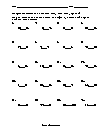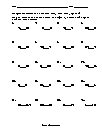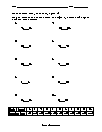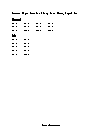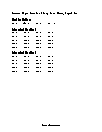Greater Than, Lesser Than, or Equal Worksheets
How to Compare Values as Greater Than, Lesser Than, or Equal Mathematics has a lot of symbols and variables that have their own definitions. Each represents something unique; for example, the plus sign means that you need to add the numbers, the minus signs means that the numbers need to be subtracted, the cross means you need to multiply the numbers, the obelus means that you need to divide the numbers, and lots of others. Just like that, math has a series of symbols that represent something significant. These symbols help in comparing greater, less than and equal to values. When one value is bigger, and then the other, the sign that we use to compare the two values is '>, 'which is known as the greater than sign. For example, 6 > 3. When one value is less than the other value, the sign that is used for comparing the values is '<,' which is known as the less than sign. For example, 4 < 9. When two numbers are equal to one another, we use the '=' symbol, which is known as the equal to symbol. This means that both the values are equal to one another. For example, 2+2= 4.
-
Basic Lesson
Introduces the concept with the open end pointing towards the larger number. Includes practice problems. When a number has a lesser value than another it is considered to be a smaller number. If it has a higher value than it is larger. We compare numbers by marking them with <, >, or =. A number at the open part of the sign < is the larger so: 5 is smaller than 10 or 5 < 10. Two numbers that are equal in value would be 5 is equal to 5 or 5 = 5.
View worksheet -
Independent Practice 1
Provides 20 problems of practice. Answers can be found below. Mark in whether the first number is larger >, smaller < or equal = to the first number.
View worksheet
Measurement Systems
Some comparisons of the US Customary or Imperial System of measurement vs. metric: 1 inch is about 2.5 centimeters, 1 meter is a little longer than 1 yard, 1 mile is slightly more than 1.5 kilometers or 1 kilometer is slightly more than half a mile.

